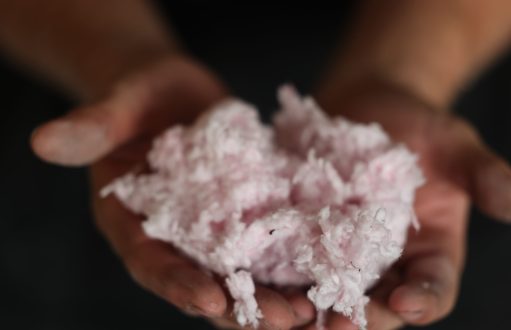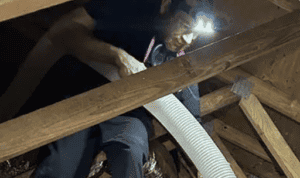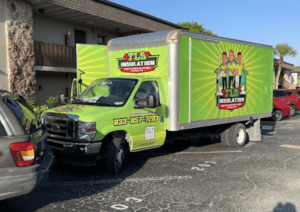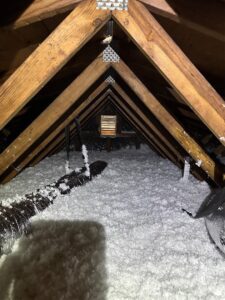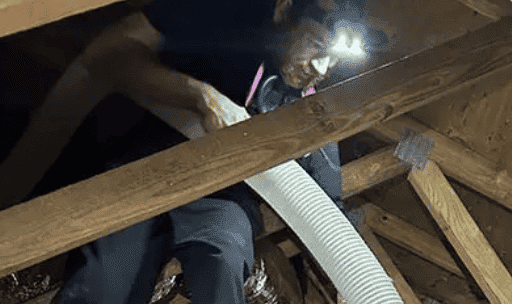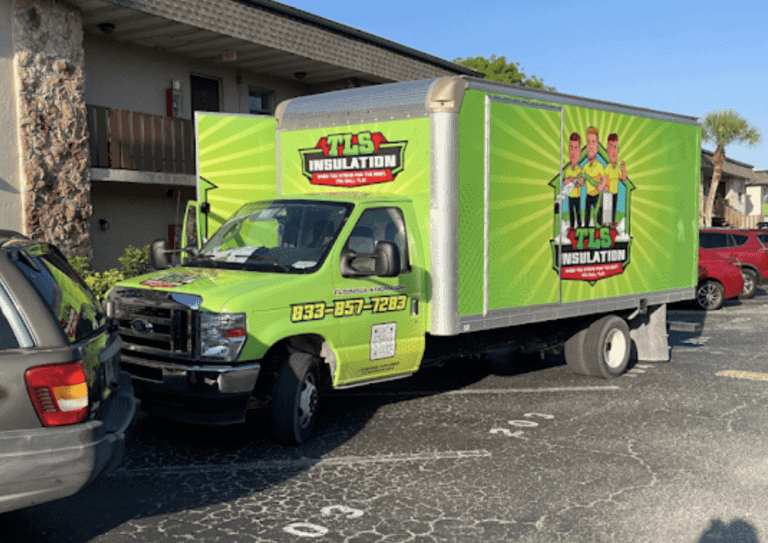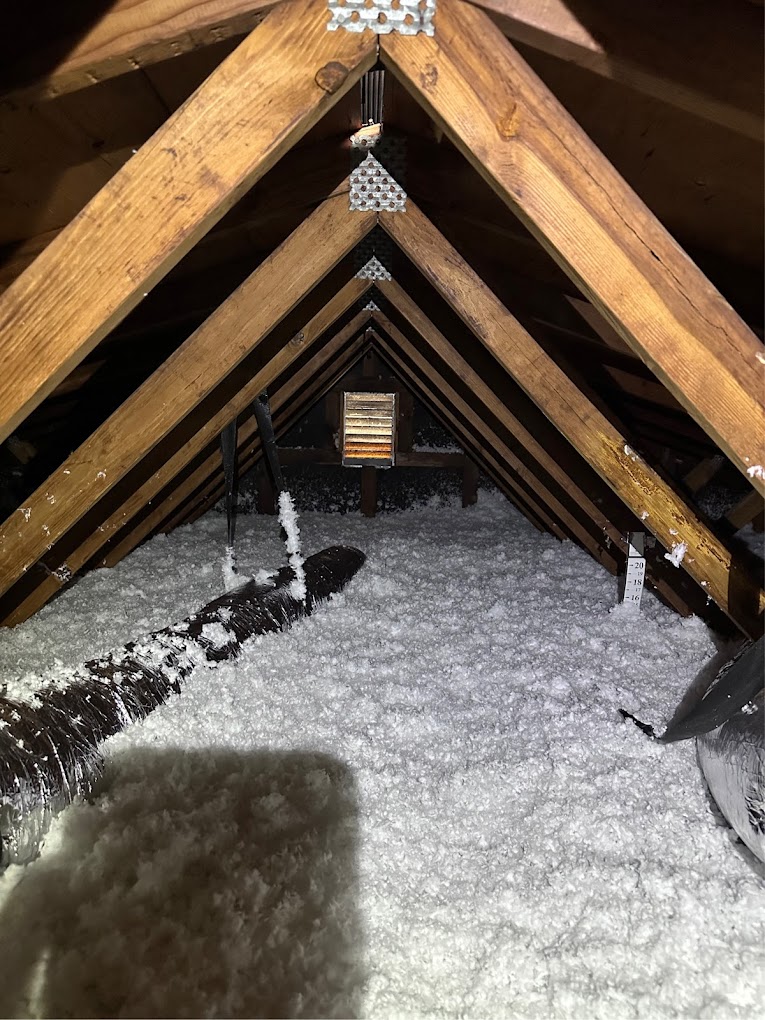Is there asbestos in home insulation in Florida?
As the highest rated insulation company in West Florida, one of the most common questions we’re asked is the risk and danger of asbestos in home insulation.
As a disclaimer, we’re insulation contractors – not doctors or health professionals.
It’s an understandable question and one all Florida homeowners should ask.
We’ve all read articles about the danger of the substance and want to make sure our homes are safe – especially for children and pets.
Here’s the good news:
No modern insulation company in the United States uses asbestos. This practice has been banned and heavily enforced since the 1980’s due to prolonged health effects.
Modern insulation materials are made from fiberglass, cellulose, foam, and other non-asbestos materials that are safe and effective for insulation purposes.
So what changed?
Asbestos in 1950s Insulation
In the 1950s, asbestos was a predominant material in insulation products used in homes, schools, and commercial buildings.
Its popularity stemmed from its excellent properties as a fire retardant and insulator, effectively helping to manage heat within buildings and protect them from fire hazards.
However, the era was marked by a lack of awareness regarding the health risks posed by asbestos fibers, which can cause severe respiratory health issues, including asbestosis, lung cancer, and mesothelioma.
As research progressed, the dangers of asbestos became undeniable. According to the Environmental Protection Agency (EPA), significant health risks are associated with asbestos exposure, leading to strict regulations and a steep decline in its use in building materials from the late 1970s onwards.
Transition to Safer Insulation Materials

With the decline of asbestos, the demand for safer insulation materials rose.
Today, we use a variety of insulation materials are available that ensure safety, efficiency, and environmental sustainability:
- Fiberglass: Composed of fine strands of glass, fiberglass is widely used due to its fire resistance and insulation efficiency. It’s available in batts, rolls, and loose-fill, suitable for various applications in modern construction.
- Cellulose: Made from recycled paper that is treated with fire retardants, cellulose is favored for its eco-friendly attributes and superior sound insulation properties.
- Spray Foam: Known for its exceptional ability to create an airtight seal, spray foam insulation drastically improves a home’s energy efficiency by sealing gaps and preventing air leaks.
- Mineral Wool: Also known as rock wool, this material is made from natural minerals and offers excellent fire resistance and acoustic properties.
These materials not only meet the safety standards that were once compromised by asbestos but also contribute to modern building practices that emphasize energy efficiency and environmental responsibility in West Florida.
If your house is older and you suspect it may have asbestos, we’d recommend checking out our article on how to test for it here.
How Do We Install These Safer Materials?

Before installation, a thorough assessment of the home’s existing insulation, ventilation, and potential air leaks is conducted.
This step is crucial to determine the appropriate R-value needed and the best type of insulation for each part of the home.
Installers wear protective clothing, gloves, masks, and goggles to avoid contact with irritant materials like fiberglass or certain chemicals used in foam applications.
Modern Insulation Practices and Energy Efficiency

Today, insulation is integral to building design, addressing not just thermal efficiency but also overall environmental impact.
This is especially true when we work on homes in places like St. Petersburg, where the ocean is close and the summers are hot – making insulation a must.
Modern building standards often include comprehensive assessments of thermal performance, ensuring that homes are not only safe but also cost-effective to heat and cool.
This approach contrasts sharply with practices from the 1950s when insulation was often an afterthought and not optimized for energy conservation. Fortunately in Florida because most homes are modern, this isn’t as big of an issue as the North East.
The emphasis on energy efficiency is a response to rising energy costs and a growing understanding of the environmental impacts of energy consumption.
Modern insulation helps to reduce the need for heating and cooling, thereby lowering greenhouse gas emissions and contributing to sustainability goals.
If you’re looking for home insulation in West Florida, give us a call at 833-857-7283 now!

